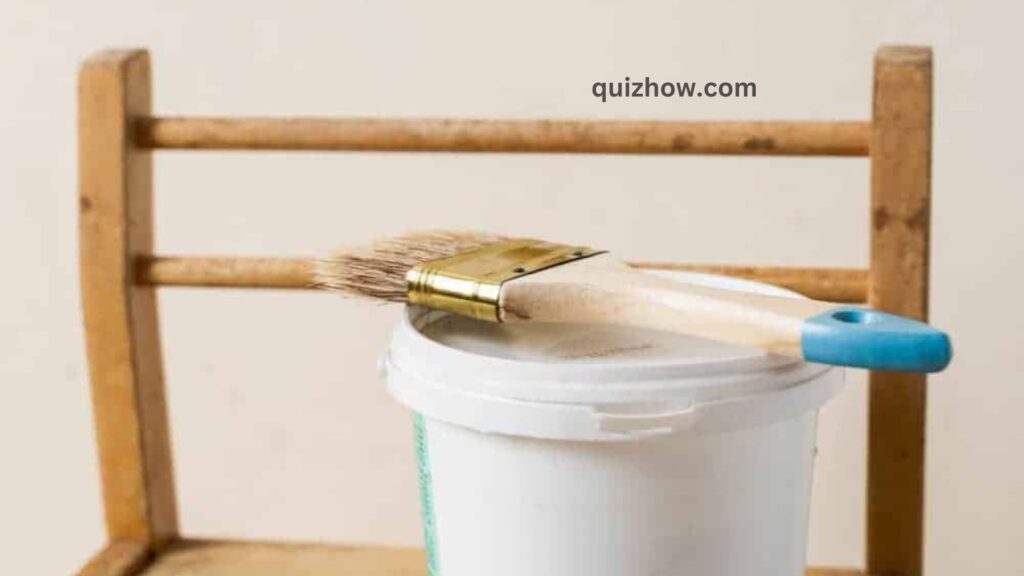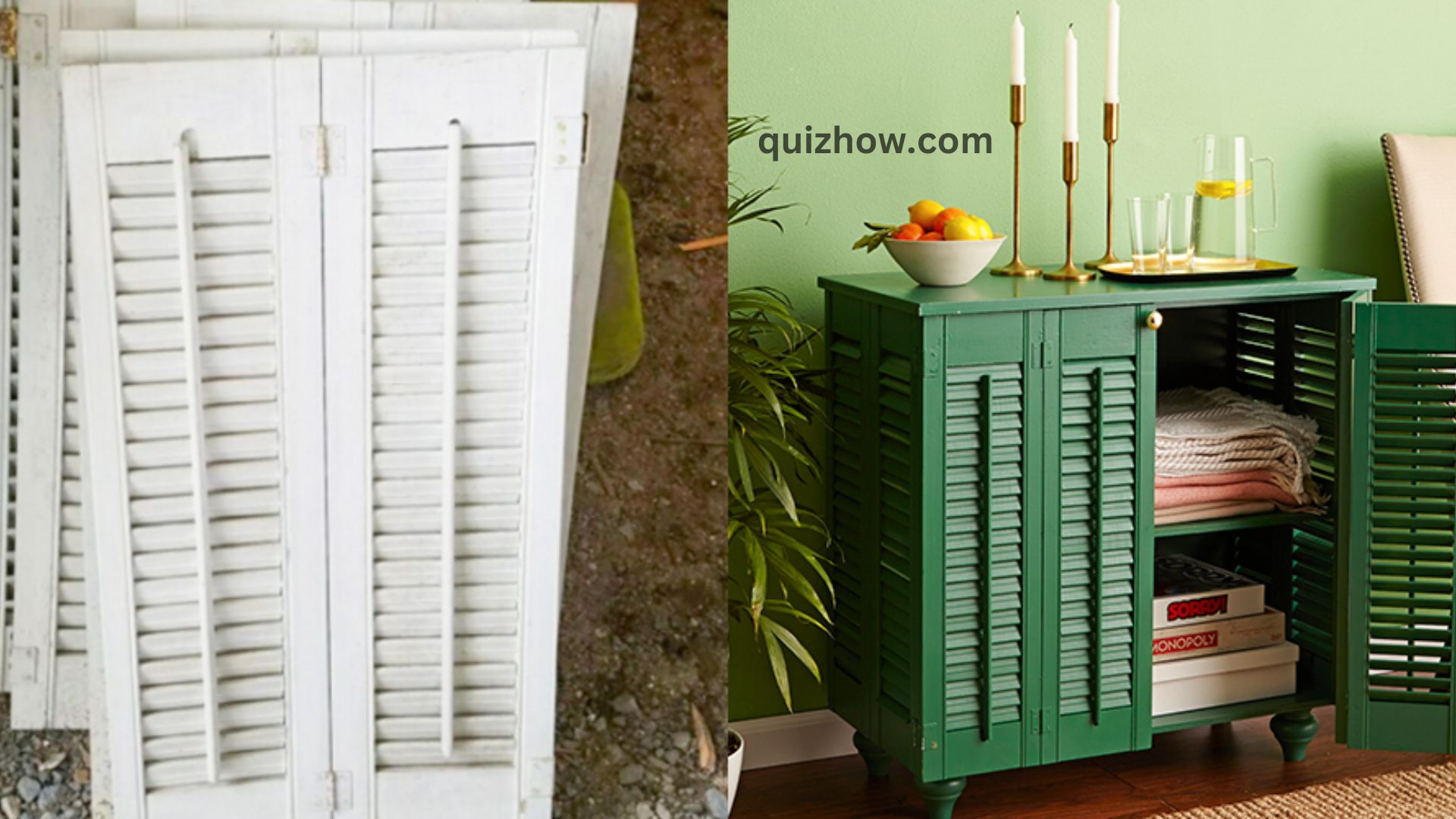There’s a growing trend that’s not only good for the environment but also adds a unique touch to your home décor—upcycling. It’s all about taking old, unwanted items and turning them into something new and beautiful.
Many people hesitate to upcycle furniture because they’re unsure where to start or worry it might be too difficult. Common questions like, “How do I begin?” or “Can I actually make something nice?” might cross your mind. But the truth is, upcycling furniture is easier than you think, and the results can be truly amazing.
How to Upcycle Wood Furniture: The Basics
We all have furniture in our homes that feels outdated, damaged, or just doesn’t match our style anymore. Instead of tossing these pieces out, why not try upcycling? Upcycling not only saves you money but also helps the environment and lets you get creative.
The idea behind upcycling is to give old furniture a new purpose. You can take almost any wooden piece and transform it to suit your needs. For example, if you have an old dresser that’s looking a bit worn, you could paint, stain, or even decoupage it to give it a fresh look. You might add new hardware or other features to completely change its style. Feeling adventurous? You could turn that old dresser into a unique coffee table or even a kitchen island.
The possibilities are endless when it comes to upcycling furniture, so let your imagination run wild. Here are a few simple tips to help you get started:
- Pick pieces that are in good condition with solid construction. It’s easier to upcycle when you don’t have to do a lot of repairs.
- Start with a simple project like painting or staining. This will help you get comfortable with the process and try out different techniques.
- Don’t be afraid to mix in new materials or elements. If you see something you like, go ahead and add it to your design.
- Take your time and enjoy the process. Upcycling is all about creativity, so don’t stress if your final piece isn’t perfect.
Upcycling Wood Furniture Ideas & Inspiration
There aren’t any strict rules when it comes to upcycling, but here are a few ideas to spark your creativity:

- Turn old nightstands into unique side tables by adding a new top and giving them a fresh coat of paint.
- Repurpose an old dresser into a bathroom vanity by taking out the drawers and adding a sink and countertop.
- Transform an old cabinet into a wine rack or bar cart by installing shelves and new hardware.
- Give an outdated coffee table a makeover by painting it a new color, adding a glass top, or swapping out the legs for something more stylish.
- Turn an old mirror into wall art by adding a frame and some decorative accents.
Common Steps to Follow When Upcycling Wood Furniture
Once you’ve picked a piece of furniture to upcycle, it’s time to dive in. Here are the basic steps to turn it into a sustainable wood creation:
Envision Your Finished Product
Start by deciding how you want your finished piece to look. This will guide you in figuring out the steps to take and the materials you’ll need.
Clean the Piece Thoroughly
Wipe down the furniture with a damp cloth to get rid of any dirt or dust. If it’s really dirty, you might need to use a mild cleaner. Let it dry completely before moving on to the next step.
Assess the Furniture for Damage
Look over your furniture for any cracks, scratches, or dents. You can fix these with wood filler, sandpaper, and a few basic tools. If everything seems solid, you’re ready to move on to the next step.
Remove Hardware and Other Removable Elements
If your furniture has hardware like drawer pulls or knobs, take them off. You might also need to remove things like mirrors or glass. Depending on what you’re planning to do, you can either put these pieces back or save them for a different project.
Prepare the Furniture for Painting or Staining
Before you start painting or staining, make sure to prep the surface properly. Sand down any rough spots and get rid of old paint or finish. After you’re done, apply a sealant to protect your work from future damage.
When choosing paint or stain, pick the right type for your project. It’s a good idea to test a small area first to make sure you like how it turns out.
Apply Your New Finish
After prepping and painting or staining your furniture, it’s time to add the final touch. Use a brush or roller to apply the paint or stain with smooth, even strokes. Let it dry completely before you move on to the next step. If you’re interested in eco-friendly options, check out the furniture paint range at frenchickpaint.co.uk.
Allow the Finish to Dry Completely
Make sure to read the instructions on your paint or stain carefully. Most products need about 24-48 hours to dry completely. Once it’s dry, you can go ahead and add any new hardware or other details.

Add Finishing Touches or Other Elements
You can now add the finishing touches, like new drawer pulls or knobs, if you want. If your project needs extra features, like shelves or a glass top, now is the perfect time to add those too.
Also Read: How to Grow an Indoor Herb Garden: A Beginner’s Guide
Common Pitfalls When Upcycling Wood Furniture

Upcycling furniture is a blast, but it does come with a few common challenges. Here’s a quick rundown of what you might run into and how to steer clear of these hiccups:
Can You Paint Over Varnished Wood Without Sanding?
You can paint over varnished wood without sanding, but it’s not the best idea. The new paint might not stick well to the varnish and could end up chipping or peeling. For the best results, give the surface a light sanding before you paint to help the paint stick properly.
Removing Old Paint from Wood Furniture
If you’re dealing with an old piece of furniture that has several layers of paint, removing it can be tricky without harming the wood. Usually, using a chemical stripper is the best way to get rid of the paint. Just make sure to follow all the safety instructions, and remember to wear gloves and a mask while working with these products.
Reinforcing Loose Joints
If you find a piece of furniture with loose joints, it’s a good idea to fix them before you start upcycling. Otherwise, the piece might fall apart during the makeover. To strengthen loose joints, you can use wood glue or dowels.
Working with Cracked or Damaged Wood
Sometimes, you might find a piece of furniture that’s cracked or damaged. It might be tempting to fix it with wood filler, but that’s not always the best move. Sometimes, it’s better to leave the imperfections as they are—they can add unique character to the piece.
However, if the damage affects the furniture’s stability, you should repair it with wood glue and clamps. Just make sure to let the glue dry completely before you start the upcycling process.
Where to Find Furniture to Upcycle
There are plenty of places to find furniture to upcycle, but we love thrift stores the most. They often have pieces in great shape that just need a bit of love to turn into beautiful new finds. Garage sales, flea markets, and online classifieds are also fantastic spots to hunt for furniture to upcycle.
And don’t forget to check your storage room—you might be surprised at what forgotten treasures you have stashed away!

Discover more from QuizHow
Subscribe to get the latest posts sent to your email.

